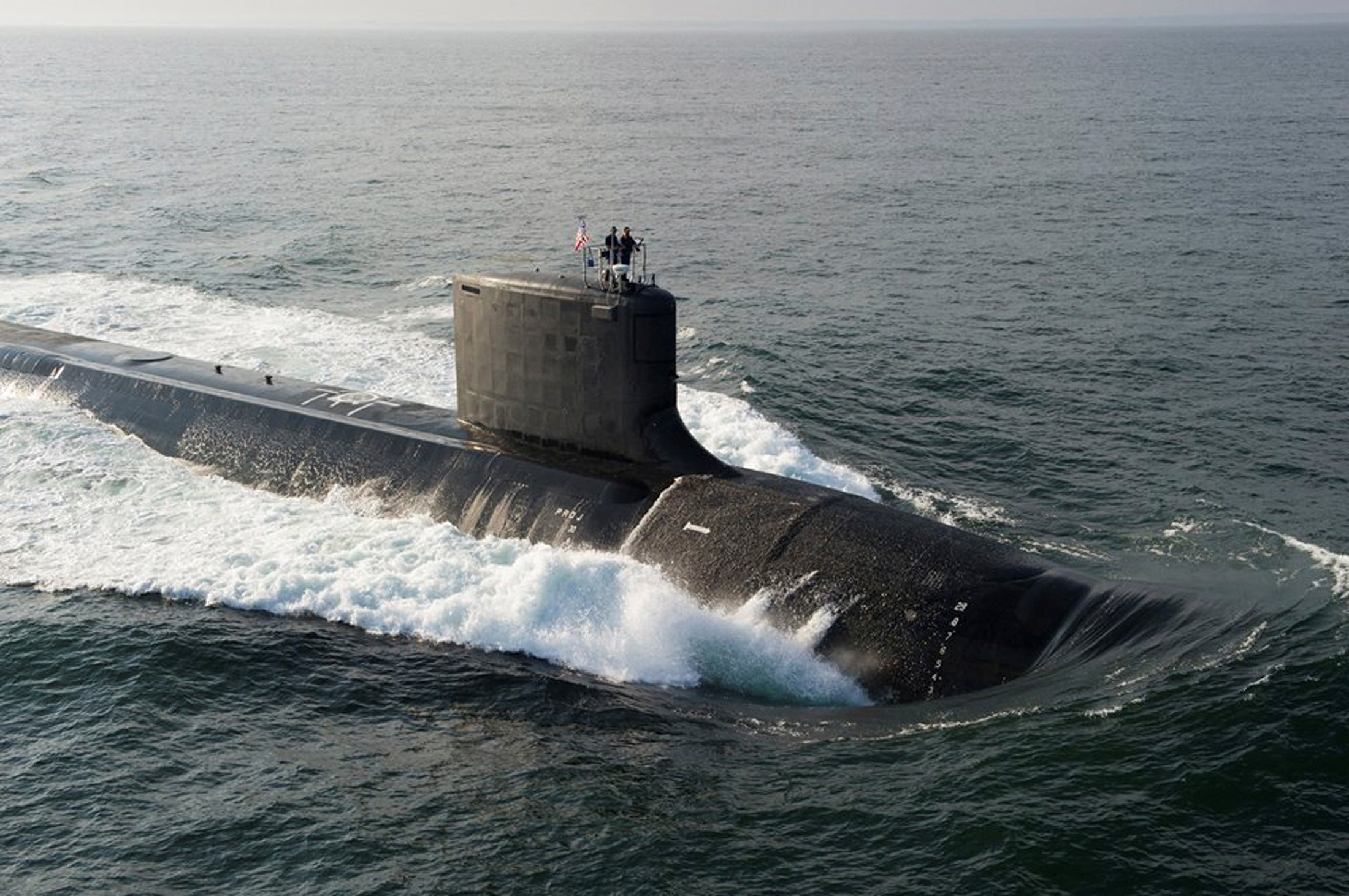
[elfsight_social_share_buttons id=”1″]
The leaders of the United States, Australia, and Britain are unveiling plans on Monday to provide Australia with nuclear-powered attack submarines, a major step to counter China’s ambitions in the Indo-Pacific.
U.S. President Joe Biden, Australian Prime Minister Anthony Albanese, and British Prime Minister Rishi Sunak will endorse details of the so-called AUKUS project, first announced in 2021, at the U.S. naval base in San Diego, California, principal home port of the U.S. Pacific Fleet.
Under the agreement, Australia will buy three U.S. Virginia class nuclear-powered submarines in the early 2030s, with an option to buy two more if needed, a U.S. national security adviser Jake Sullivan told reporters en route to San Diego.
The project will culminate with British and Australian production and operation of a new class of submarine – SSN-AUKUS – built in Britain and Australia to a British design, using a “significant” amount of technology from the Virginia class, another senior U.S. official said.
“The first UK submarines built to this design will be delivered in the late 2030s … and the first Australian submarines will follow in the early 2040s,” a British statement said.
Construction would take place in Barrow-in-Furness in Britain and in South Australia, it said.
The agreement will also see U.S. and British submarines deployed in Western Australia to help train Australian crews and bolster deterrence, the second senior U.S. official said. The U.S. aims to start these rotational deployments with a single submarine from 2027 and within a few years increase that to four U.S. submarines and one British, he said.
This first phase of the plan is already underway with Virginia, a nuclear-powered cruise missile attack submarine, currently visiting Perth, Australia, officials said.
SHARING NUCLEAR PROPULSION TECH
AUKUS will be the first time Washington has shared nuclear-propulsion technology since it did so with Britain in the 1950s.
China has condemned AUKUS as an illegal act of nuclear proliferation. In launching the partnership Australia also upset France by abruptly canceling a deal to buy French conventional submarines.
Briefing a small group of reporters on Friday, Sullivan dismissed China’s concerns and pointed to Beijing’s own military buildup, including nuclear-powered submarines.
“We have communicated with them about AUKUS and sought more information from them about their intentions,” he said.
Big questions remain about the plan, not least over strict U.S. curbs on the extensive technology sharing needed for the project and about how long it will take to deliver the submarines, even as the perceived threat posed by China mounts.
In a reflection of stretched U.S. production capacity, the second senior U.S. official told Reuters it was “very likely” one or two of the Virginia-class submarines sold to Australia would be vessels that had been in U.S. service, something that would require congressional approval.
Australia had agreed to contribute funds to boost U.S. and British submarine production and maintenance capacity, the official said.
He said Washington was looking at a “double-digit billion dollar” investment in its submarine industrial base on top of $4.6 billion already committed for 2023-29 and that the Australian contribution would be less than 15 percent of the total.
A third U.S. official said AUKUS reflected mounting threats in the Indo-Pacific, not just from China towards self-ruled Taiwan and in the contested South China Sea, but also from Russia, which has conducted joint exercises with China, and North Korea as well.
Copyright 2023 Thomson/Reuters
